Cartier at the V&A
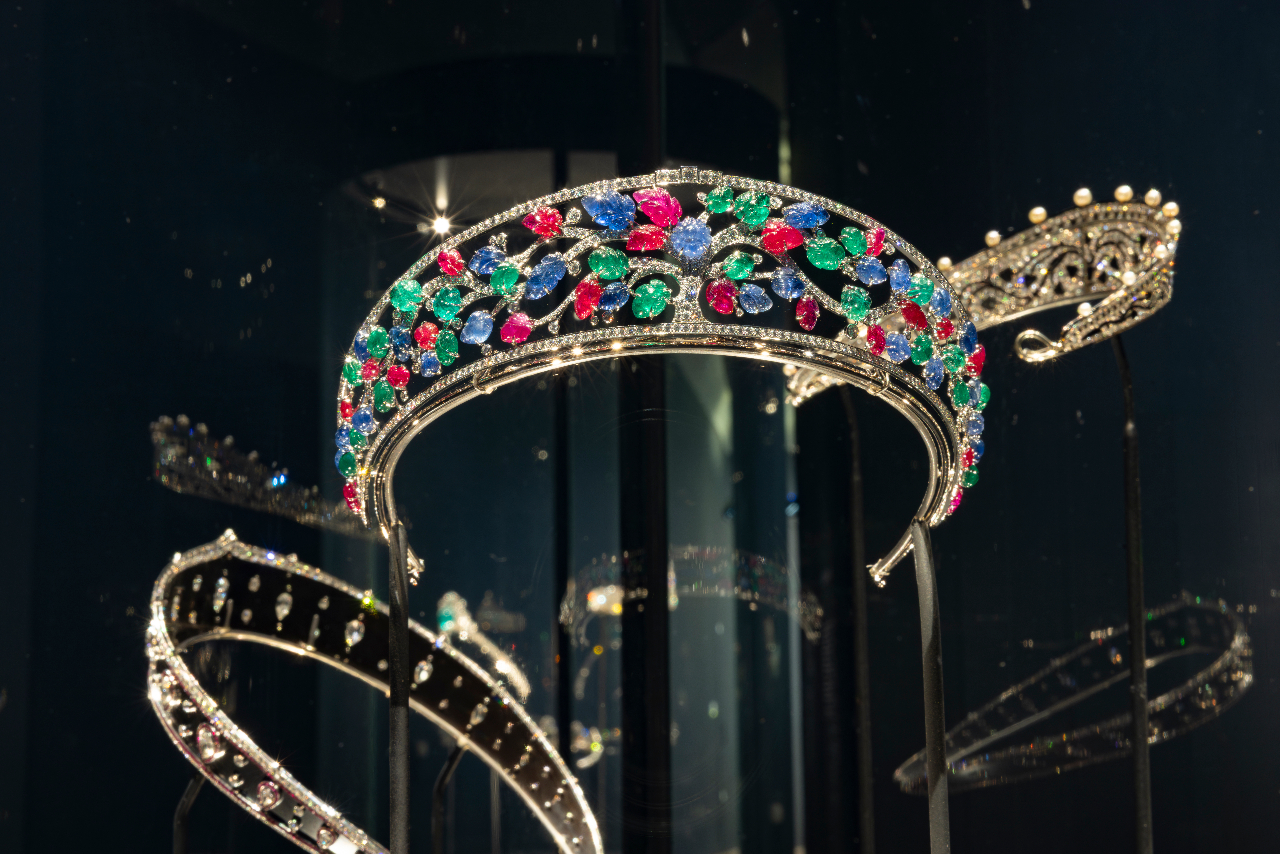
The V&A has, over recent years, honed the blockbuster fashion retrospective into something of a house speciality. Here, the garments, shoes and jewels of the world’s most covetable wardrobes are presented not as accessories to life, but as artefacts of cultural and aesthetic consequence. Last year, the museum paid tribute to two towering figures: the French couturière Gabrielle “Coco” Chanel, and the supermodel whose first name alone conjures an entire era – NAOMI.
This year, the V&A has shifted its spotlight from silk and muslin to diamonds and platinum. Its new exhibition is devoted to none other than Cartier, the legendary French maison behind those iconic little red boxes. Curated by Helen Molesworth and Rachel Garrahan, the show avoids the all-too-common pitfall of brand exhibition as extended advertisement. Instead, it offers a glittering, highly literate meditation on the style, craftsmanship and cult-like devotion surrounding one of the most iconic jewellery houses of all time. Buckle up – this one truly sparkles.
With over 350 pieces on display, the exhibition traces Cartier’s rise from a 19th-century Parisian workshop to a global symbol of luxury and influence. Founded in 1847 by Louis-François Cartier, the brand quickly caught the eye of European high society. But it was his grandsons, Louis, Pierre and Jacques, who turned Cartier into an international powerhouse, launching boutiques in Paris, London and New York in the early 1900s, right as modern glamour was being born.
To walk through this exhibition is to surrender, willingly, to its spell. Each display case glows with historical weight. You encounter Queen Elizabeth II’s 23.6-carat pink diamond, a brooch in the shape of a rose once worn by Princess Margaret or a wedding tiara made for Marie Bonaparte, great-grandniece of Napoleon. Then there’s the showstopper: the Patiala necklace, commissioned in 1928 by the Maharaja of Patiala. Made of five rows of 2,930 diamonds and two rubies, it originally featured the 234.65-carat yellow De Beers diamond at its centre. The necklace disappeared after Indian independence, only to reappear decades later in London – its largest stones missing, but its impact undiminished. Another highlight is a rare “Tutti Frutti” head ornament bought by Edwina, Lady Mountbatten, and shimmering in a palette of green, blue and pink.
Timekeeping, of course, finds its rightful pedestal here. You get a display of watches that stretch from the elegantly understated to the unapologetically opulent. Among them sits Jacqueline Kennedy’s iconic Tank, which now belongs to Kim Kardashian – a transfer as unlikely as it is emblematic of Cartier’s ability to transcend generations and cultural shifts. Nearby, a film montage flickers through iconic moments from cinema’s golden age, where Hollywood’s brightest stars are wrapped in Cartier. Grace Kelly polishes her engagement ring in High Society (a gift from Prince Rainier III of Monaco) while Gloria Swanson, decked in diamonds, smoulders through Sunset Boulevard. The message is unmistakable: anyone who’s ever been someone has, at one point or another, worn Cartier.
Of course, this show is more than just a line-up of famous names. Its real strength is in showing how Cartier’s style evolved, both in design and in influence. The early pieces were inspired by 18th-century French decoration: think festoons, tassels, ribbons. But the Cartier brothers quickly looked beyond Europe, pulling ideas from around the world: Indo-Persian carpets inspired curved shapes and big-cat motifs; Chinese dragons appeared with emerald eyes; and when Tutankhamun’s tomb was discovered in 1922, Cartier jumped on the wave of Egyptomania with scarab belts, Sekhmet brooches and Art Deco clocks covered in hieroglyphs. Each object becomes more than an ornament: it is a point on a map of influence, a fragment in the story of a brand whose identity was shaped as much by curiosity as by craft.
Today, Cartier’s allure spans continents and demographics. The brand’s Love bracelet, fastened to the wrist with a miniature screwdriver, is ubiquitous on social media – the aspirational object. Influencers sport it the way duchesses once wore tiaras. The Tank watch remains, arguably, the most iconic timepiece ever made. Unsurprisingly, the Cartier exhibition is proving a major crowd puller. In fact, the first six weeks sold out almost instantly. Should you wish to purchase a ticket, you may have to wait a little – but rest assured, it will be worth it!
Constance Ayrton
Image: Installation view of Cartier at V&A South Kensington (c) Victoria and Albert Museum, London
Cartier is at the V&A from 12th April until 16th November 2025. For further information or to book, visit the exhibition’s website here.


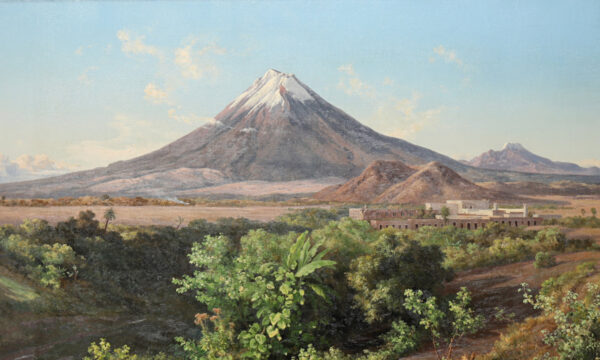
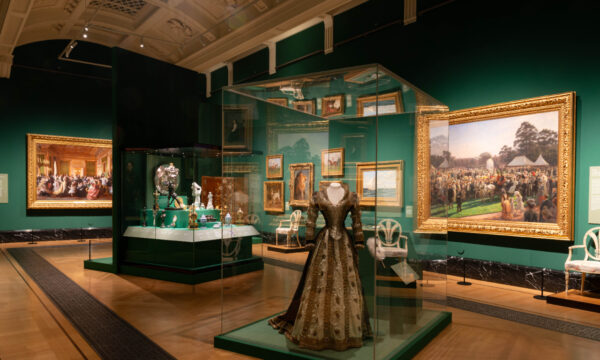
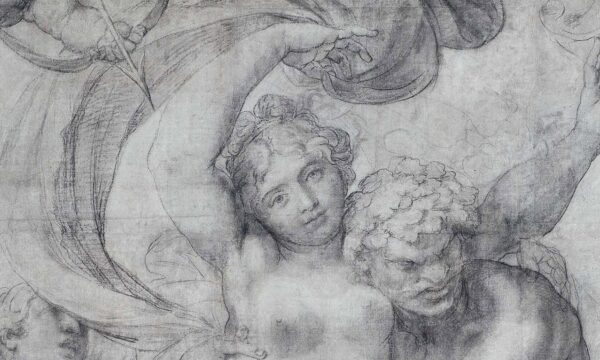
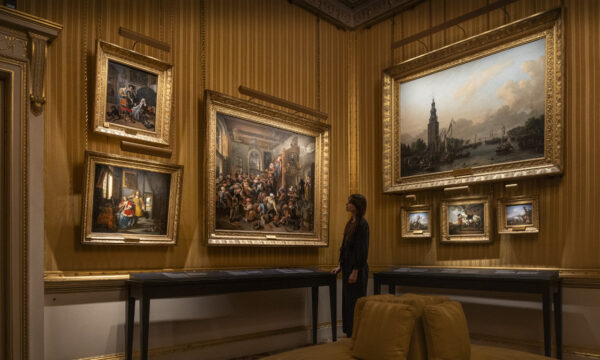



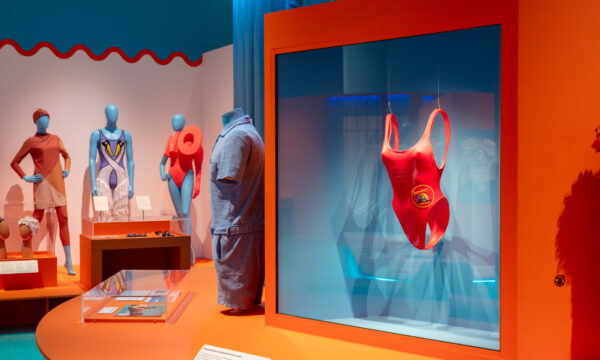








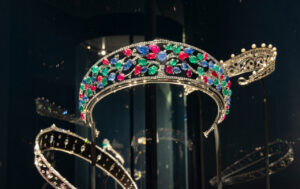






Facebook
Twitter
Instagram
YouTube
RSS